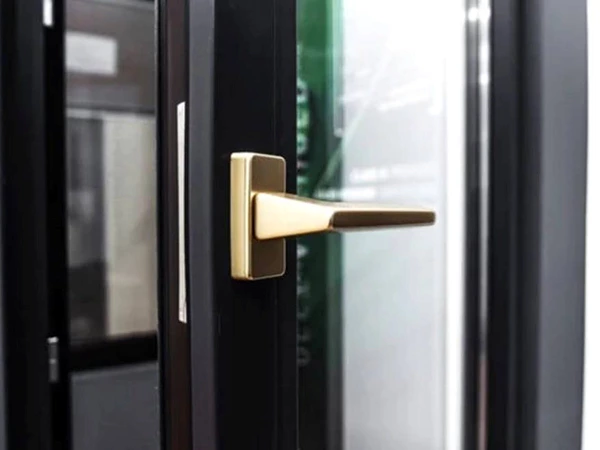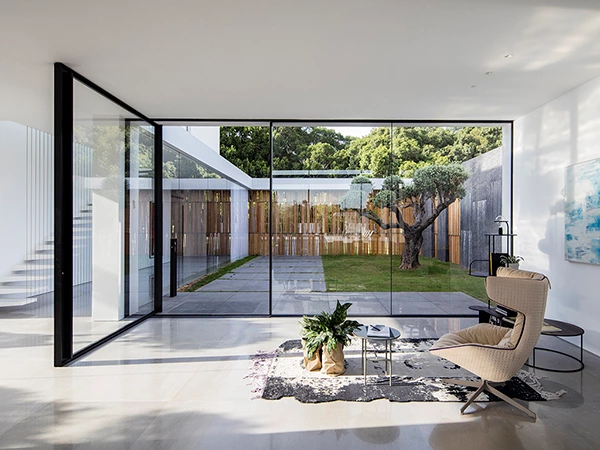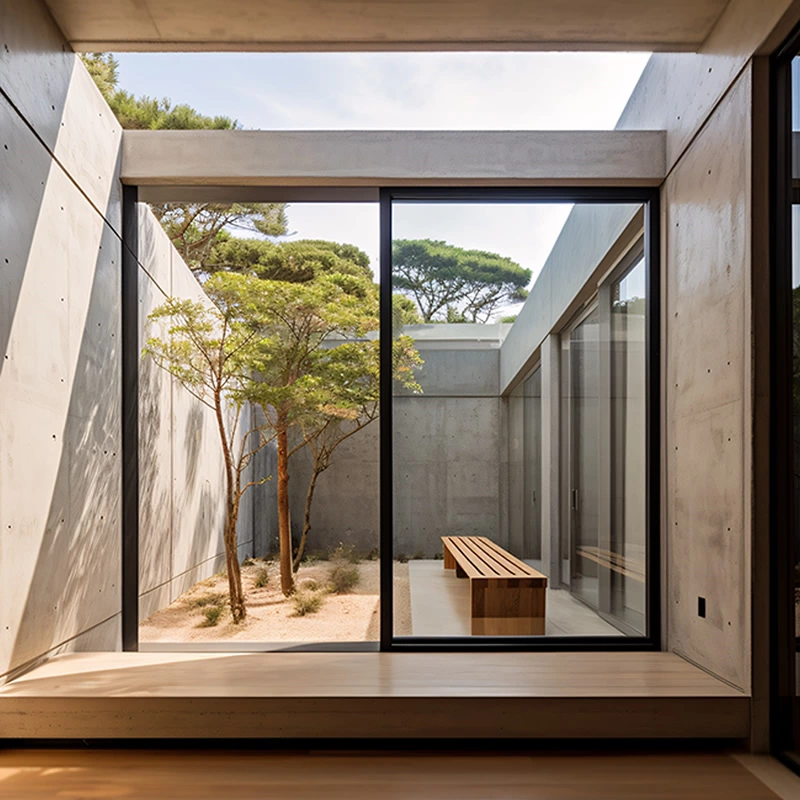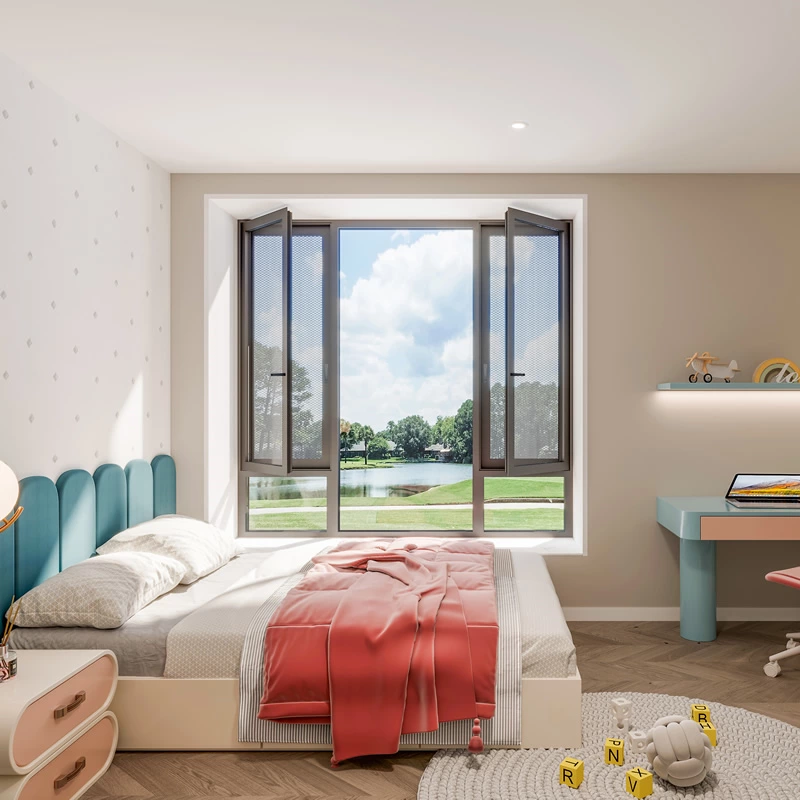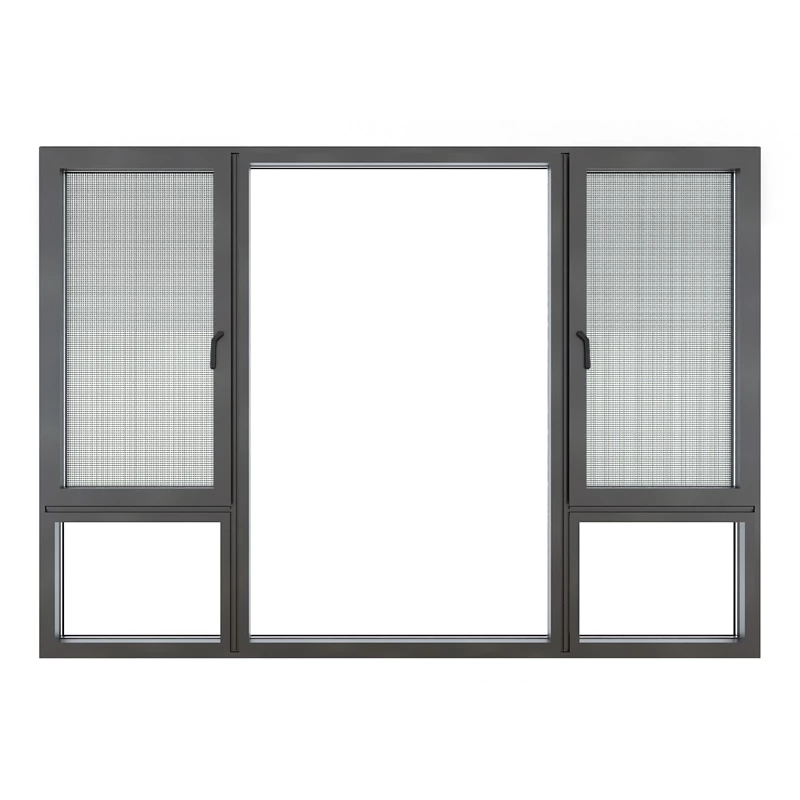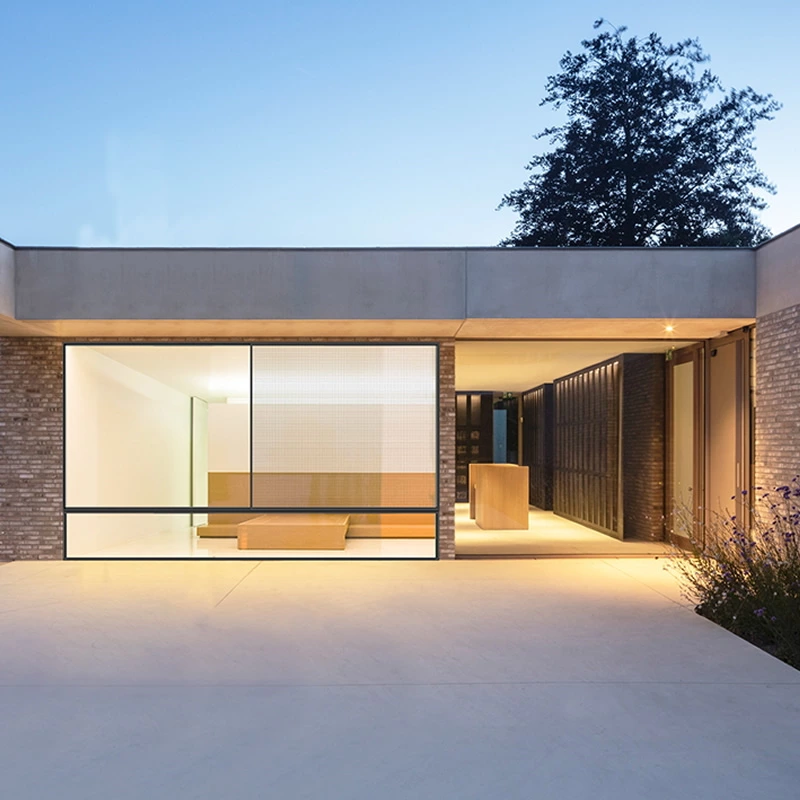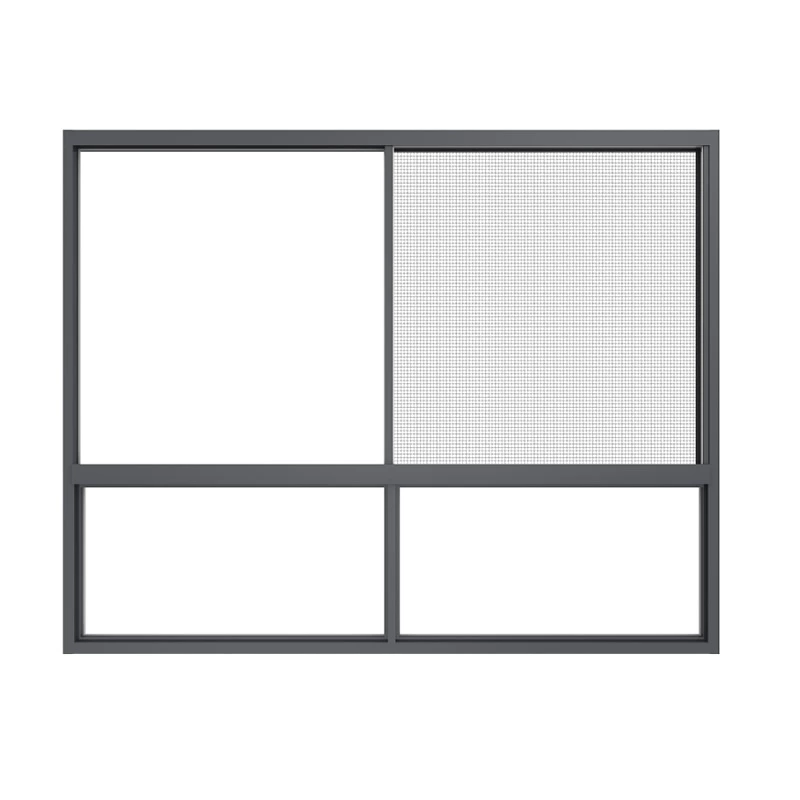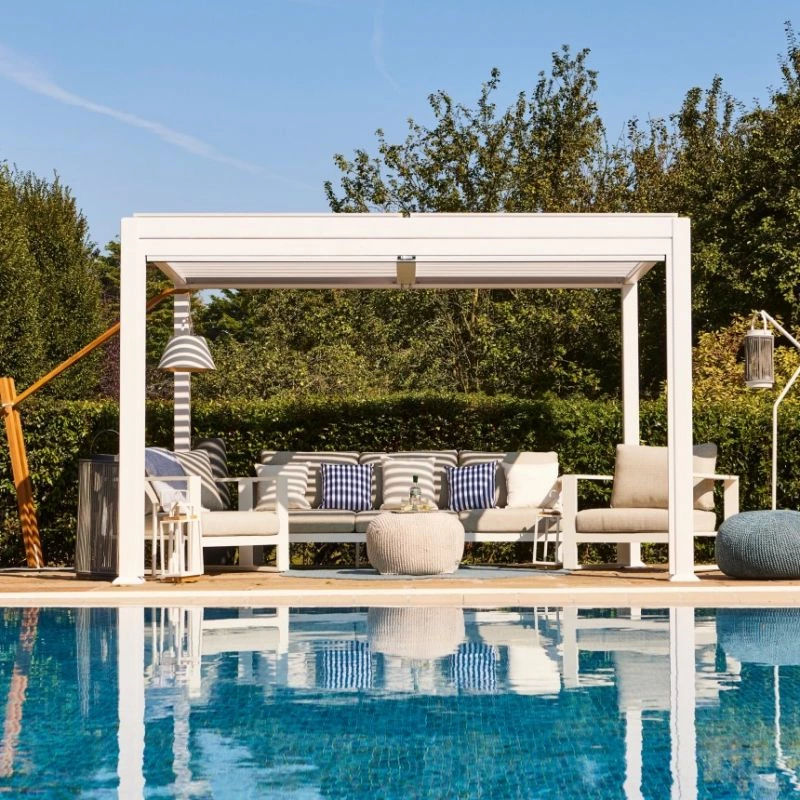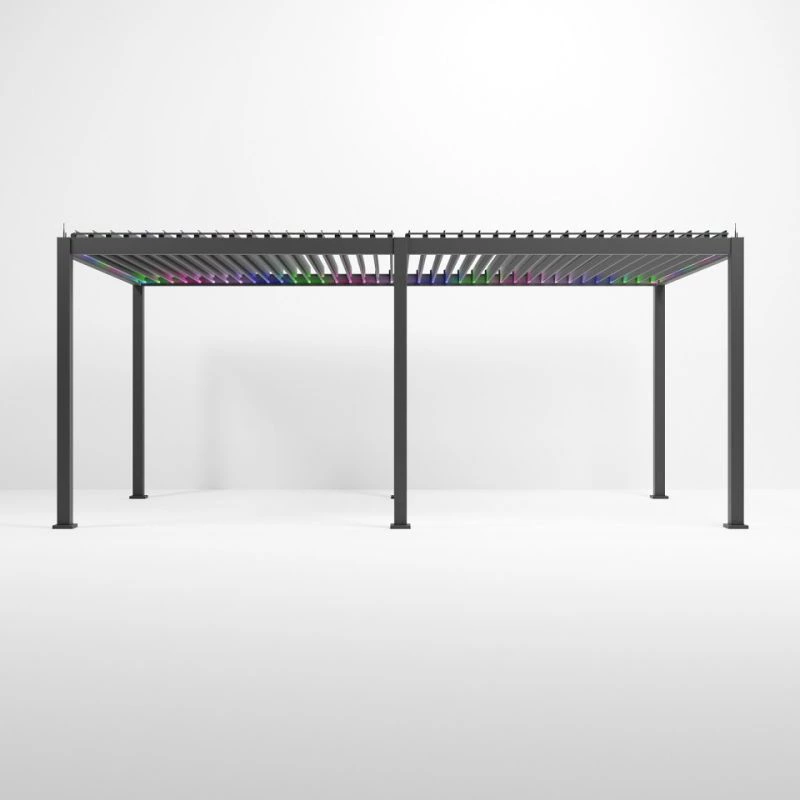Homeowners looking to expand their living space often face a choice: build a traditional room addition or install a sunroom. While both add valuable square footage and increase property value, the experience, cost, and overall atmosphere are very different.
Sunroom addition versus room addition: how the structures differ
When planning to expand your living space, understanding the structural differences between a sunroom addition and a traditional room addition is essential. Though both increase home size and value, their construction, materials, and overall design principles are quite distinct.
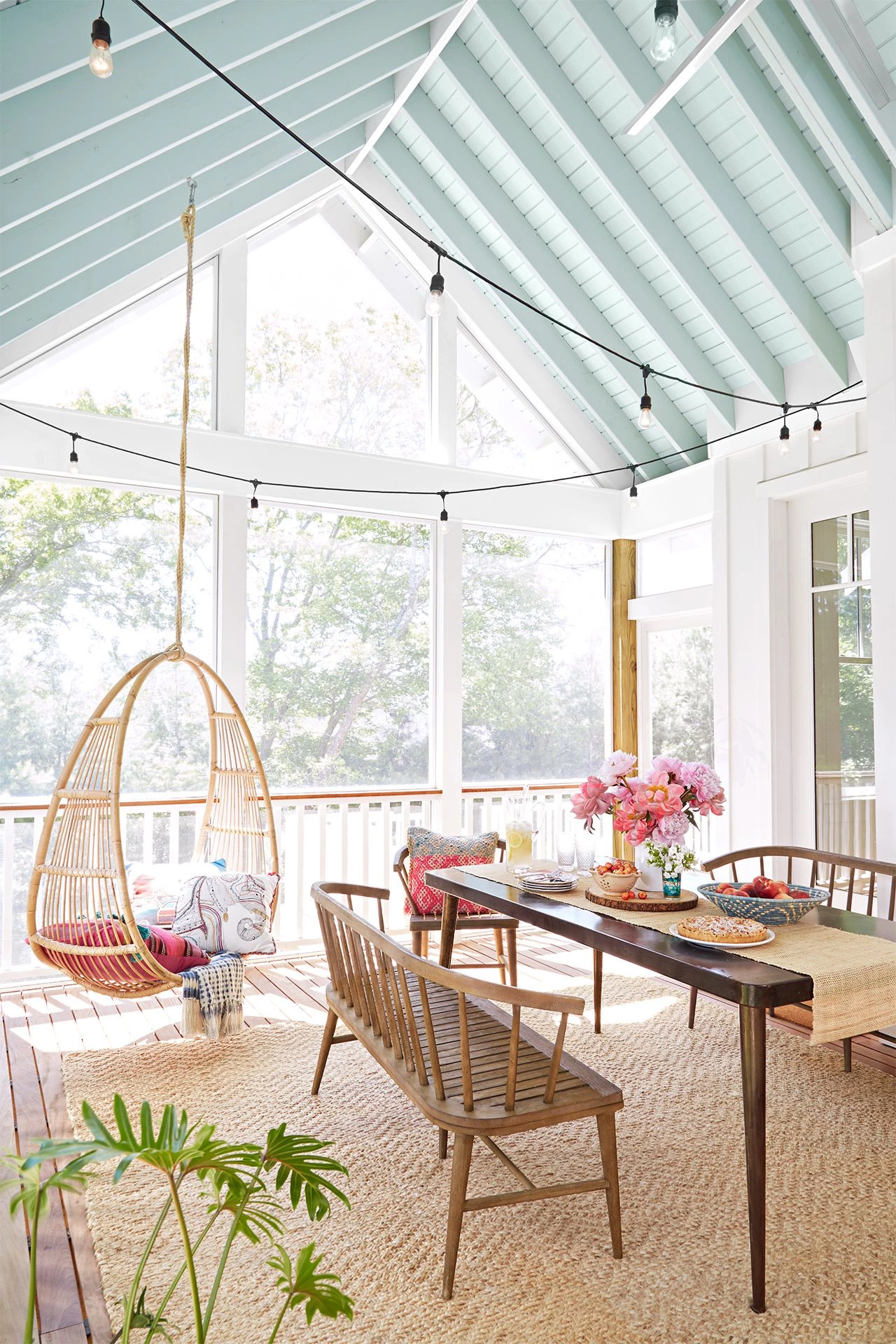
1. Foundation and Framing
A traditional room addition is built as a permanent extension of the home. It typically requires a concrete foundation, wood framing, full insulation, and integration with the existing roofline and walls. The goal is to make it look and function exactly like the rest of the house.
2. Walls and Materials
Traditional additions use solid, insulated walls made from wood, drywall, and siding, matching the home’s exterior finish. These walls are opaque and block outside views.
A sunroom, on the other hand, is defined by its glass enclosure — usually 50% to 90% glass coverage. High-performance double-glazed or Low-E glass allows natural light to flood the space while maintaining energy efficiency.
3. Roofing System
Room additions share the home’s existing roofline, using shingles, tiles, or metal roofing materials that match the main structure.
In contrast, sunrooms often feature sloped glass roofs or solid insulated panels designed to maximize light while maintaining comfort. These roofs can include integrated drainage systems and UV protection layers for long-term durability.
4. Insulation and Energy Performance
Traditional room additions are fully climate-controlled, featuring wall insulation, HVAC systems, and sealed windows.
Modern four-season sunrooms now incorporate thermal breaks, insulated frames, and energy-efficient glass, providing year-round usability without the high construction cost of a full addition.
5. Construction Time and Flexibility
A traditional addition can take several months due to the heavy construction and permitting process.
A Liangjia aluminum sunroom, however, can often be completed in a few weeks thanks to prefabricated panels and modular installation. It’s a faster, cleaner, and more flexible way to expand living space.
In Summary
While traditional room additions extend your home’s enclosed living area, sunroom additions create a brighter, lighter, and more connected environment. They bring the outdoors in — offering natural beauty, lower construction costs, and faster installation without sacrificing comfort or style.
At Liangjia, we design and manufacture high-quality aluminum and glass sunrooms that combine structural strength, thermal efficiency, and timeless style — helping homeowners transform their vision into reality.
